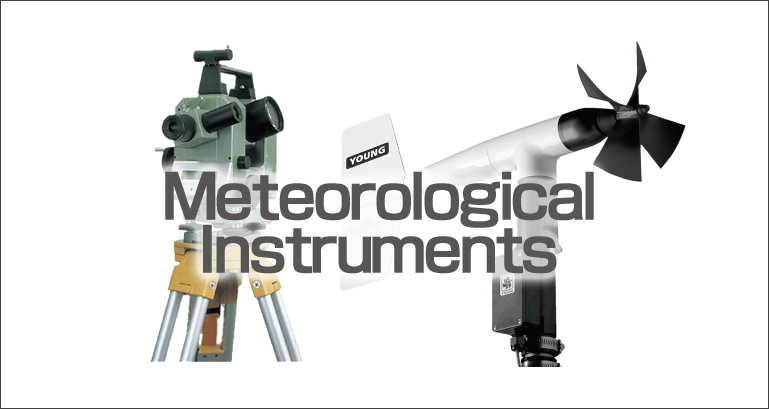

At the end of the day the total length of the burn or trace, less gaps, equals the duration of sunshine hours.Ī ceilometer is a device that uses a laser or other light source to determine the height of a cloud ceiling or a cloud base from the ground. When the sun is obscured, the trace is interrupted. As the earth rotates the position of the spot moves across the card. Instrument: Campbell-Stoke Sunshine RecorderĬampbell-Stokes Pattern Sunshine Recorder employs a glass sphere to focus the sun's rays to an intense spot, which will burn a mark on a curved card mounted concentrically with the sphere. The cone-shaped bag opened at both ends so that it extends horizontally as the wind blows through it and indicates the wind direction by pointing away from the wind.Ī type of barometer used to measure atmospheric pressure.Īn instrument that continuously records and provide a graphical representation of atmospheric pressure. Wind sock is commonly used at an airport or chemical plant.

The other end is wide so it will catch the smallest breeze.Ī light, flexible cylinder or cone mounted on a mast to show the direction and strength of the wind. The part of the vane that turns into the wind is usually shaped like an arrow. It spins on a rod and points in the direction from which the wind blows. Visibility is also important to avoid terrain.A device that measures the direction of the wind. The availability of a good horizon cue is controlled by meteorological visibility, hence minimum visibility limits feature in the VMC minima. Without such external visual cues, pilots must use an internal cue of attitude, which is provided by gyroscopically-driven instruments such as the attitude indicator. With good visibility, pilots can determine the attitude of the aircraft by utilising visual cues from outside the aircraft, most significantly the horizon. The boundary criteria between VMC and IMC are known as the VMC minima, around which are known as "marginal VMC". In fact, instrument meteorological conditions are defined as less than the minima specified for visual meteorological conditions. The weather conditions required for flight under VFR are known as Visual Meteorological Conditions. Pilots sometimes train to fly in these conditions with the aid of products like Foggles, specialized glasses that restrict outside vision, forcing the student to rely on instrument indications only.

Typically, this means flying in cloud or bad weather. Instrument meteorological conditions is an aviation flight category that describes weather conditions that require pilots to fly primarily by reference to instruments, and therefore under Instrument Flight Rules, rather than by outside visual references under Visual Flight Rules. Freebase (0.00 / 0 votes) Rate this definition:


 0 kommentar(er)
0 kommentar(er)
